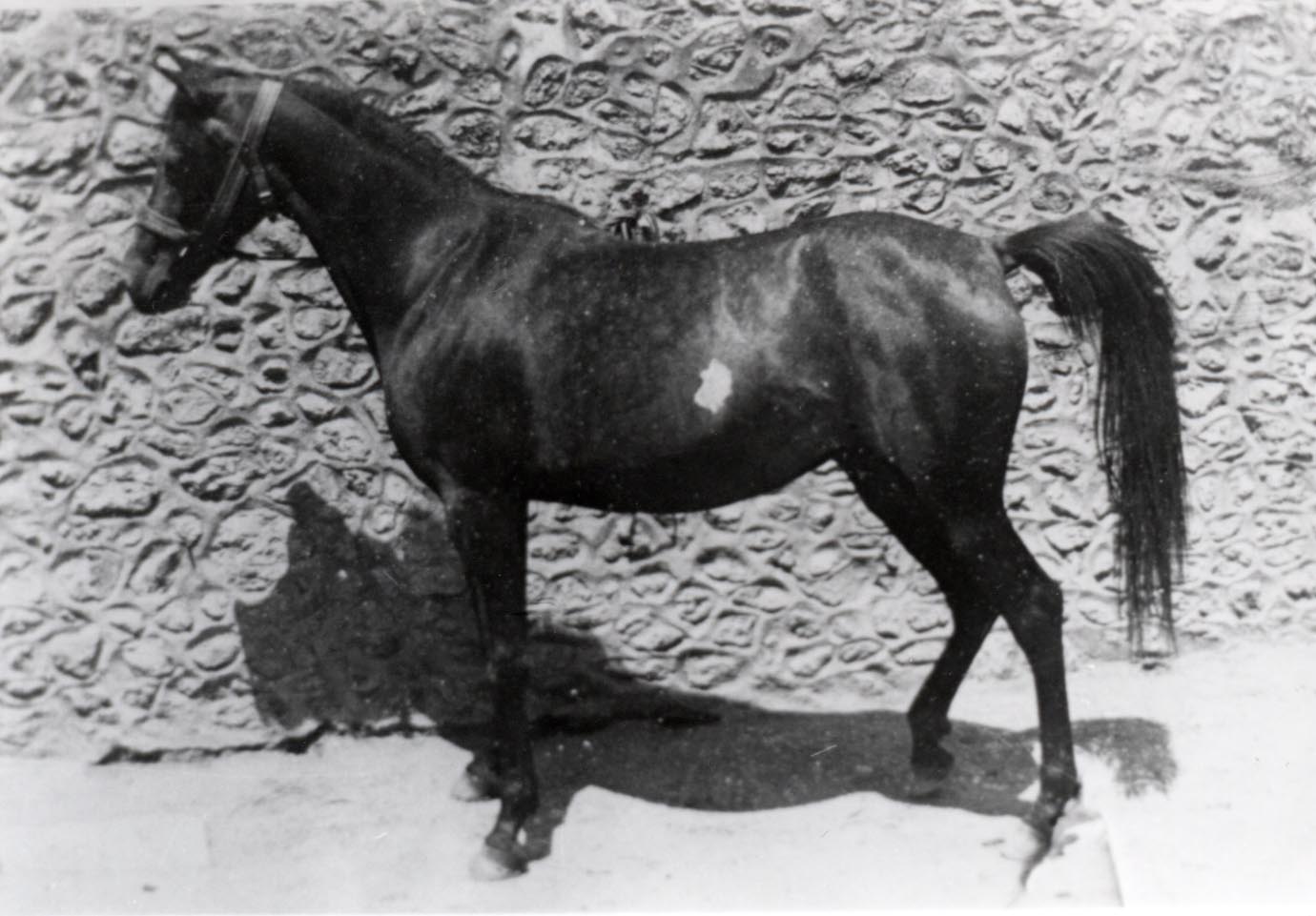The lost Asil Arabians of Algeria
Algeria was a French colony from 1830 to 1848, and an integral part of France from 1848 till its indepedence in 1962, following one of the bloodliest colonial wars. The conquest of Algeria by France was extremely long and arduous, and could only completed by 1900, when the latest of the Tuareg chiefs (ethnic Berbers, not Arabs) surrendered to French troops. Horses were a major factor in the conquest and stabilization of Algeria.
In 1877, the French Ministry of War (the equivalent of a Department of Defense), established a breeding stud near the town of Tiaret, in the mountains of central Algeria. The objective of the “Jumenterie de Tiaret”, which later became the “Haras de Tiaret-Chaouchaoua“, was to produce Arabian stallions, which were sent to local stallion depots, where they were used on Barb mares. The result was a sturdy Arab-Barb cavalry horse.
Hundreds of Arabian stallions and dozens of mares were imported to Tiaret (and its equivalent in neighboring Tunisia, Sidi-Thabet) from the deserts of Arabia and the racetracks of Egypt and Lebanon. Depending on the expertise of the horse-buying commission and its budget, imports ranged from the outstanding to the mediocre. Overall, Algeria received much better quality desert-bred imports than Tunisia or even France. Outstanding genitors included: Bango, a grey Ma’anaghi Sbayli from the Bedouin Shammar tribe, bought at at an Egyptian racetrack and perhaps the most famous Tiaret import; Safita, a bay Kuhaylan Khdili from the desert; Ghalbane, an Asil Hamdani Simri and Masbout, a Saqlawi Jadran, both winners of many races on the Beirut racetrack, etc.
Below is the wonderfully refined and feminine Fadd’a (Baleck x Foul), a 1907 mare representative of the Asil Arabians typically bred by Tiaret. Fadd’a was the first mare owned by Robert Mauvy. She traced to the desert-bred Yamouna, born in 1869 in the Najd area of Arabia, and imported to Algeria in 1876.

Thanks again Edouard for posting more of these impressive images of early French/Algerian Asil horses. What a tragedy to lose individuals like this in current asil breeding. As one looks over your pictures posted of El Sbaa and Fadd’a, taken at a time when horse photography was very basic, one can see how excellent these horses were comparing them to their more well known contemporaries in turn of the century Egypt and Davenport and Blunt acquisitions. What a loss.